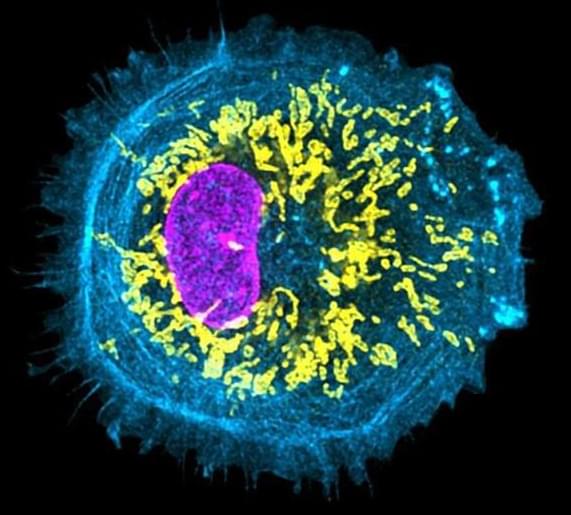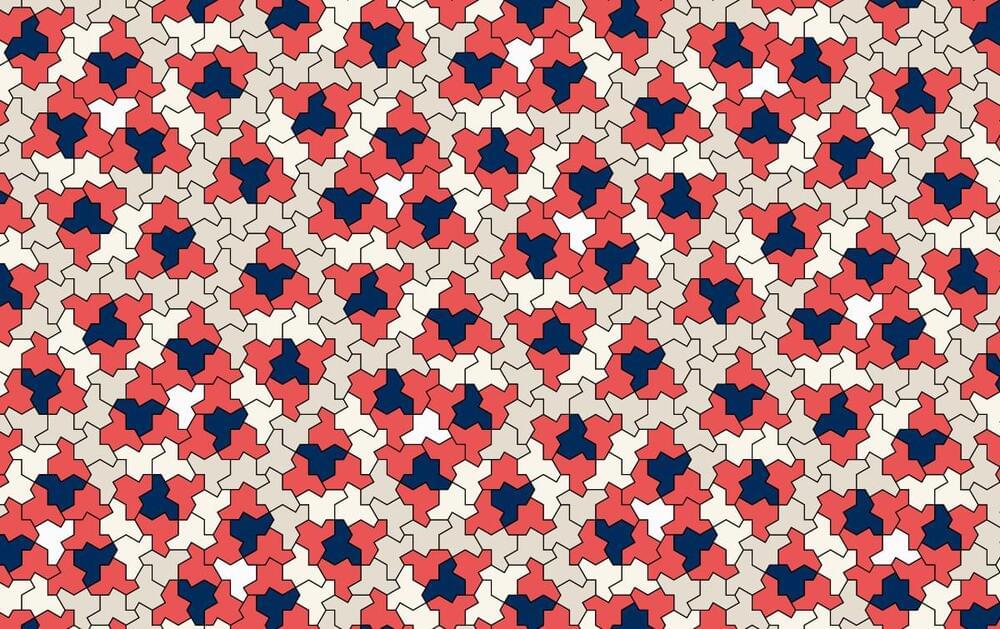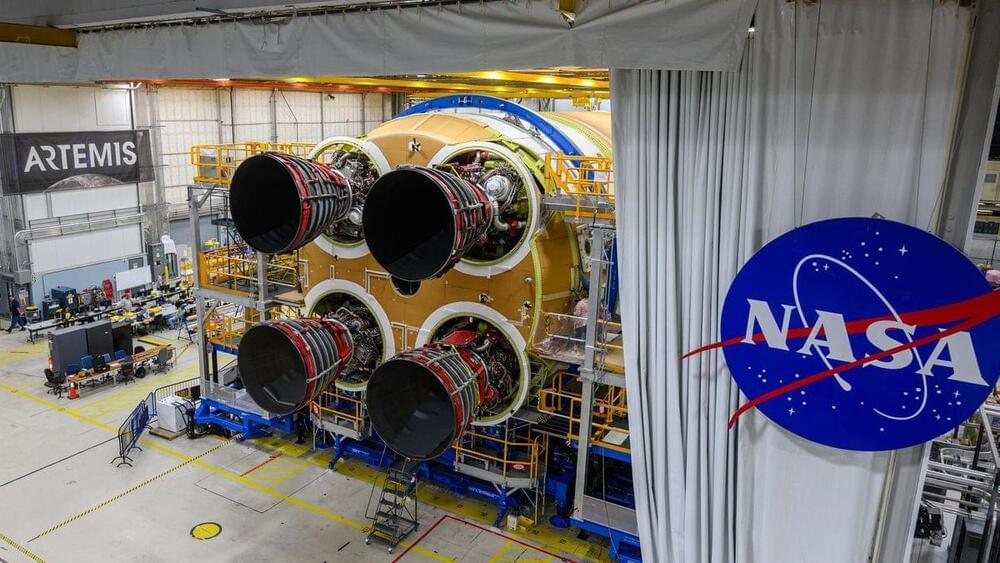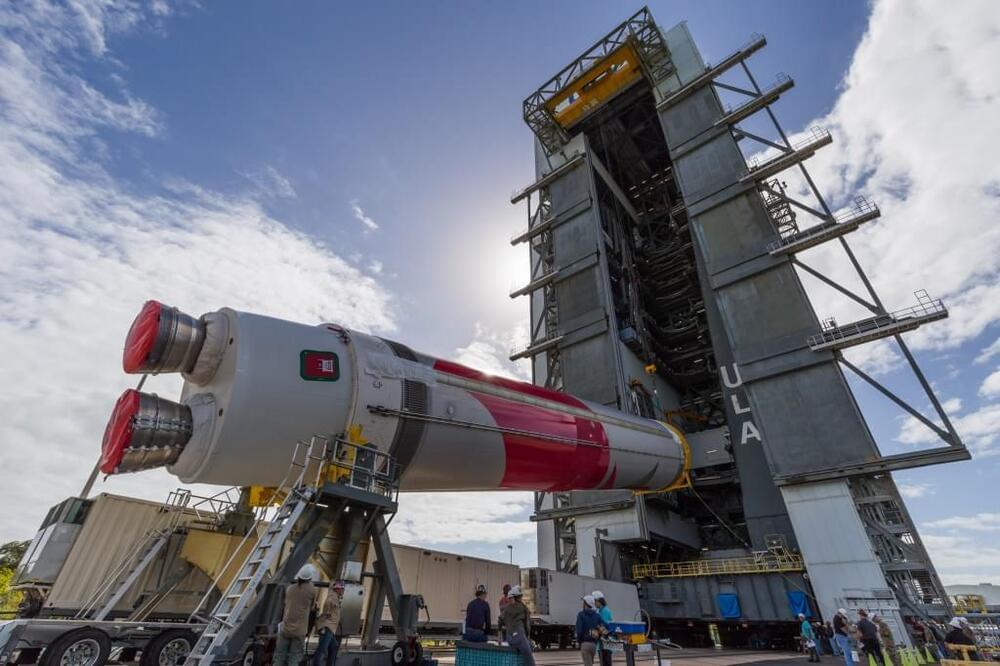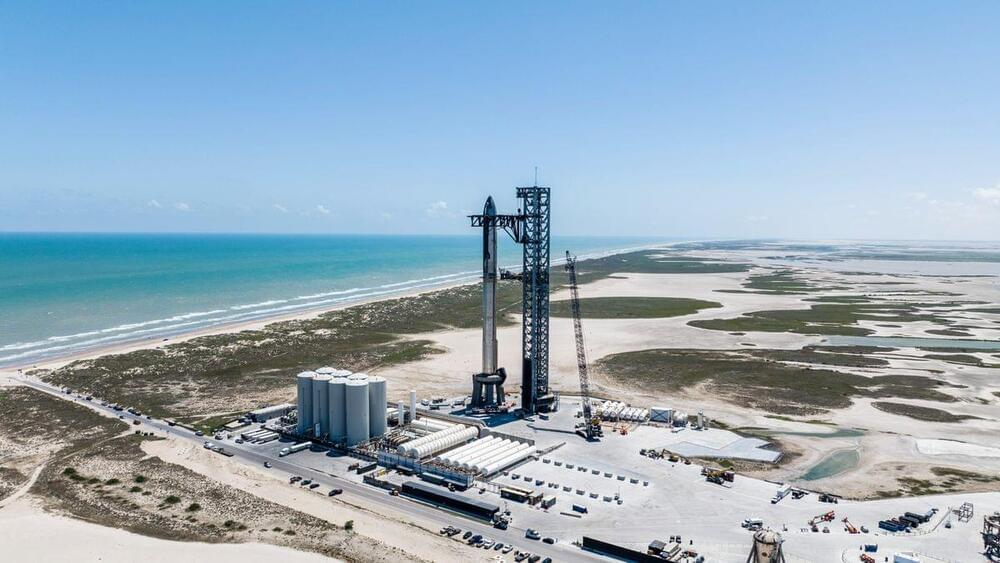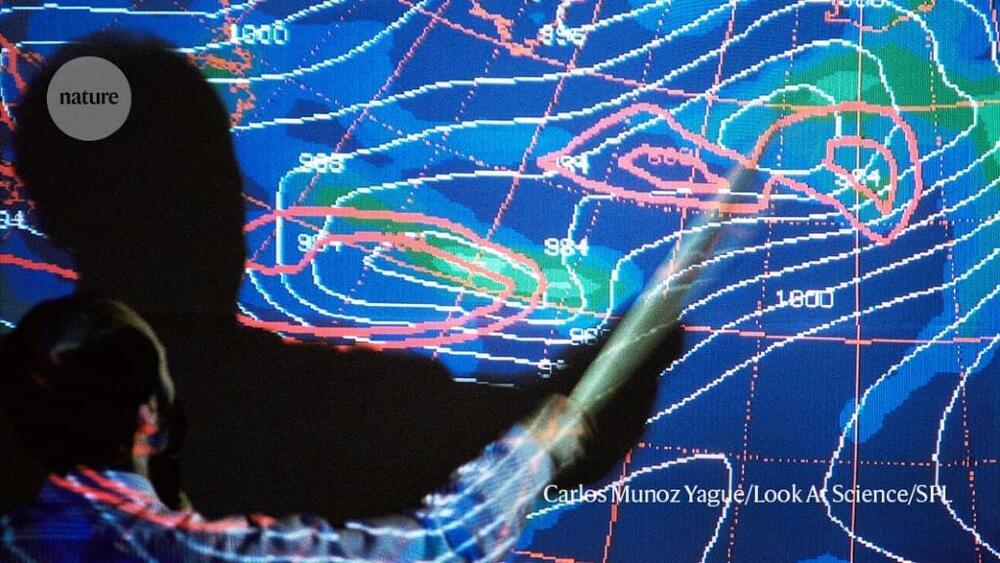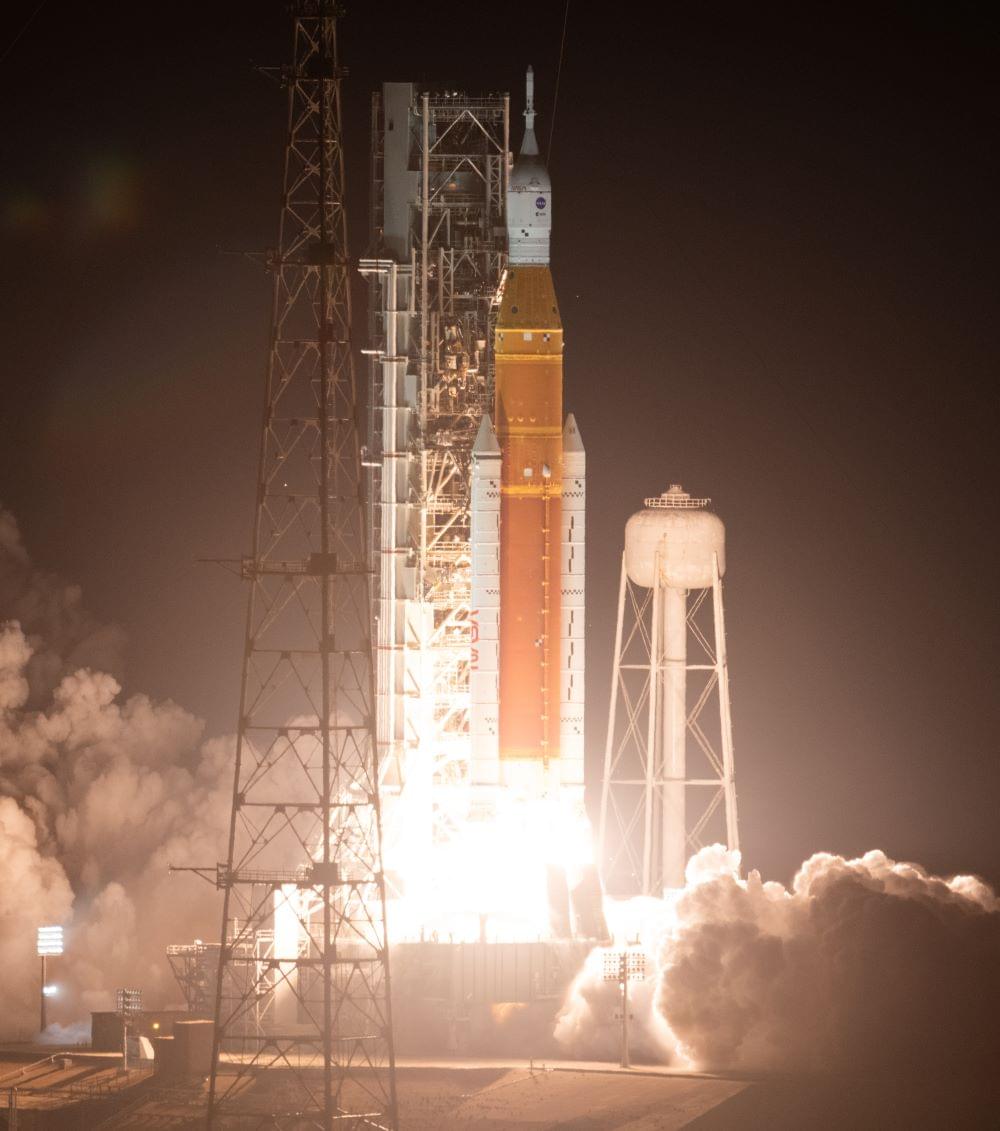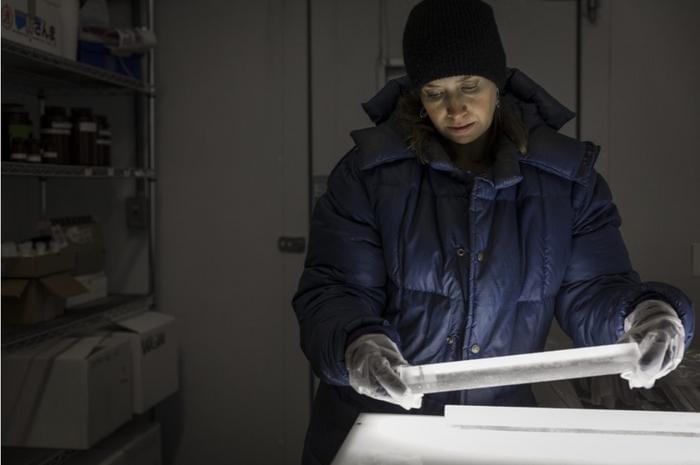Nov 16, 2023
New study reveals the critical role of microglia in human brain development
Posted by The Neuro-Network in categories: biotech/medical, neuroscience
The researchers used human stem cells to create a model of early brain development — organoids.
Super-resolution image of human stem cell-derived Microglia cells with labeled mitochondria (yellow), nucleus (magenta), and actin filaments (cyan). These Microglia cells help in the maturation of neurons in human brain organoid models. Photo credit: A*STAR’s SIgN
An international team of scientists has uncovered the vital role of microglia, the immune cells in the brain that acts as its dedicated defense team, in early human brain development.
Continue reading “New study reveals the critical role of microglia in human brain development” »
